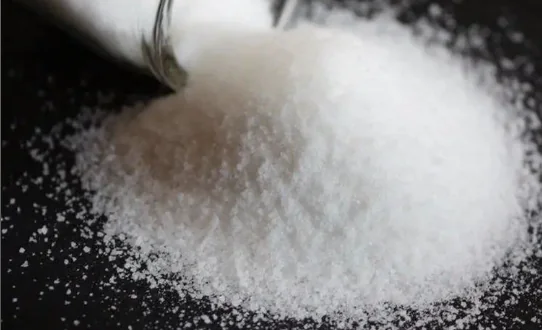When temperatures drop, the performance of polyacrylamide (PAM) can change. Cold weather slows down its dissolving speed and reduces flocculation efficiency. To ensure stable results during winter, here are some key tips.
Slower Dissolving in Cold Water
In low temperatures, PAM takes longer to dissolve. White undissolved particles may appear if not handled properly.
Recommended dissolving time in winter:
- Anionic PAM: 40+ minutes
- Cationic PAM: 60+ minutes
- Nonionic PAM: 90–120 minutes
Solution:
- Use warm water to speed up dissolving.
- Add the product slowly and evenly to avoid clumping.

Reduced Flocculation Efficiency
Cold conditions may weaken PAM’s flocculation performance. The same dosage might not produce the same effect.
Solution:
- Slightly increase the dosage based on water quality.
- Make sure PAM is fully dissolved before use to ensure the best reaction.
Best Practices for Winter Use
To maintain effective water treatment results in winter:
- Dissolve PAM in warm water.
- Extend mixing time.
- Adjust dosage as needed.
Following these steps helps ensure efficient flocculation and separation, even in cold environments.
Need help choosing the right PAM type or winter solution? Contact our technical team – we’re here to support your success in every season.
